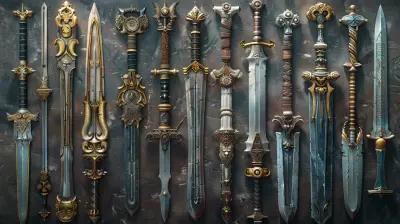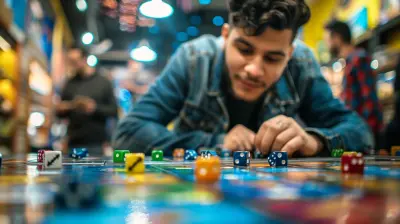The Psychology Behind In-Game Purchases: Why We Keep Buying
24 May 2025
Ever found yourself justifying spending $2.99 on a shiny new skin for your favorite character or splurging $10 for extra in-game currency? You’re not alone. Nowadays, in-game purchases have become a core part of the gaming experience. Even if you swore you’d never spend a dime, gaming companies have a knack for convincing you otherwise. But why does this happen? Why do we keep hitting that “Buy Now” button even when we know it’s just pixels on a screen?
The answer lies deep in the fascinating world of psychology. And trust me, it’s more than just flashy designs or clever marketing. Companies are tapping into the way your brain works, and understanding this might just save your wallet. So grab a snack (but don’t spend money on it in a game), and let’s dive in.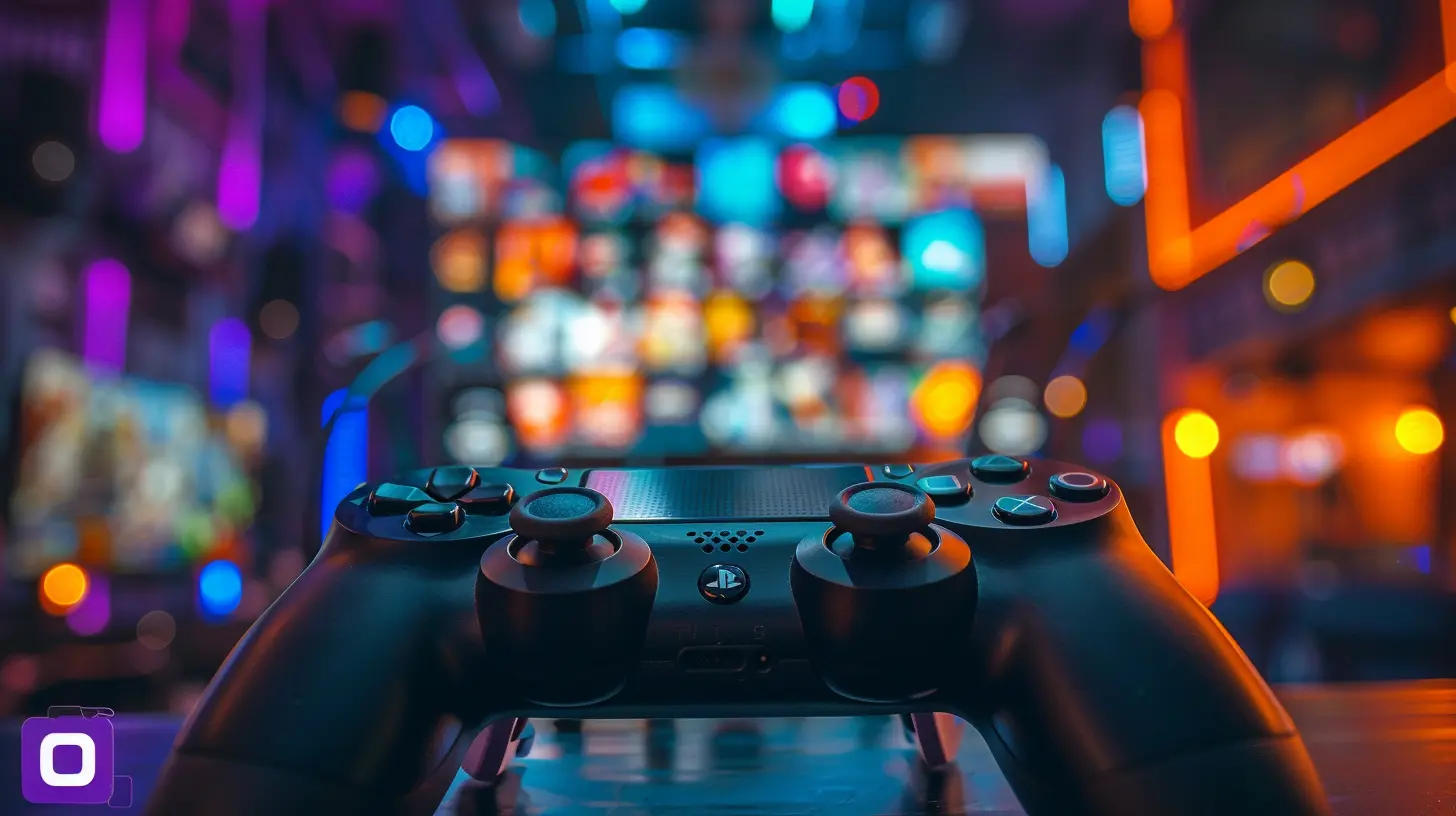
The Rise of In-Game Purchases
Before we break down the psychology, let’s start with a bit of context. Gaming wasn’t always about microtransactions. Remember the days when you’d buy a game, pop in a disk, and have everything you needed right there? (Shoutout to late-night marathons of your favorite classics.) But as gaming evolved, so did its monetization models.Free-to-play games entered the scene, offering players the ability to download and play for free. Sounds great, right? Well, not exactly. Instead of charging upfront, game developers started earning revenue through in-game purchases—whether it was premium items, bonus content, or simple cosmetic upgrades. And it worked. In 2023, the gaming industry made billions from microtransactions alone! The question is, why are we so willing to pay for them?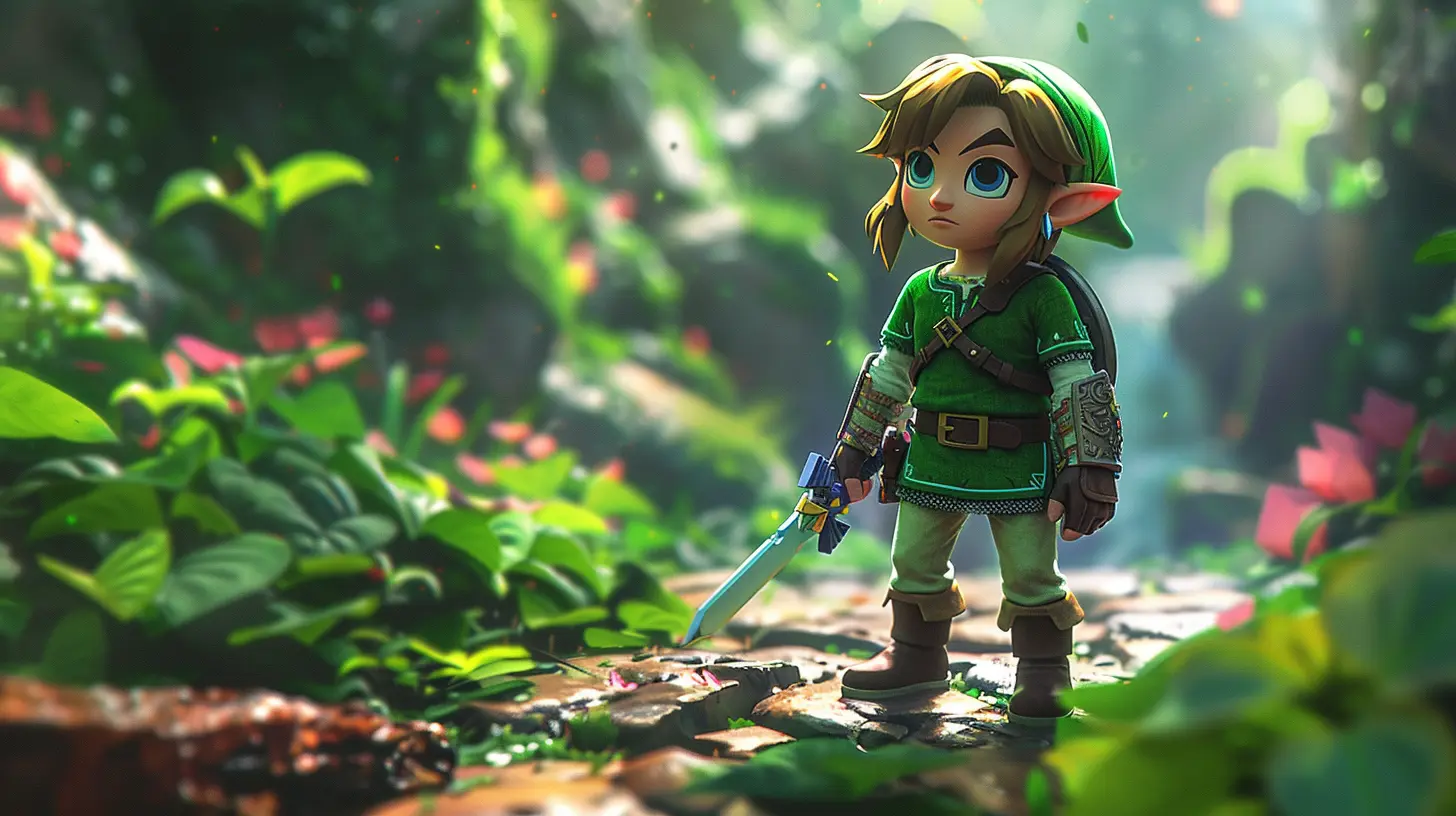
Dopamine: The Ultimate Reward
Let’s talk about the chemical culprit behind a lot of our spending: dopamine. If you’ve ever felt that rush of excitement after opening a loot box or unlocking a rare item, that’s dopamine at work. It’s a neurotransmitter in your brain that controls the pleasure and reward systems.Game developers are masters at creating situations that trigger dopamine spikes. Think about it: randomized rewards, rare items, and the thrill of limited-time offers all play into this. It’s like gambling, but instead of a jackpot, you’re chasing that ultra-rare dragon mount or golden gun skin. Your brain lights up with joy when you “win,” making you want to do it again. And again. And, well, you get the picture.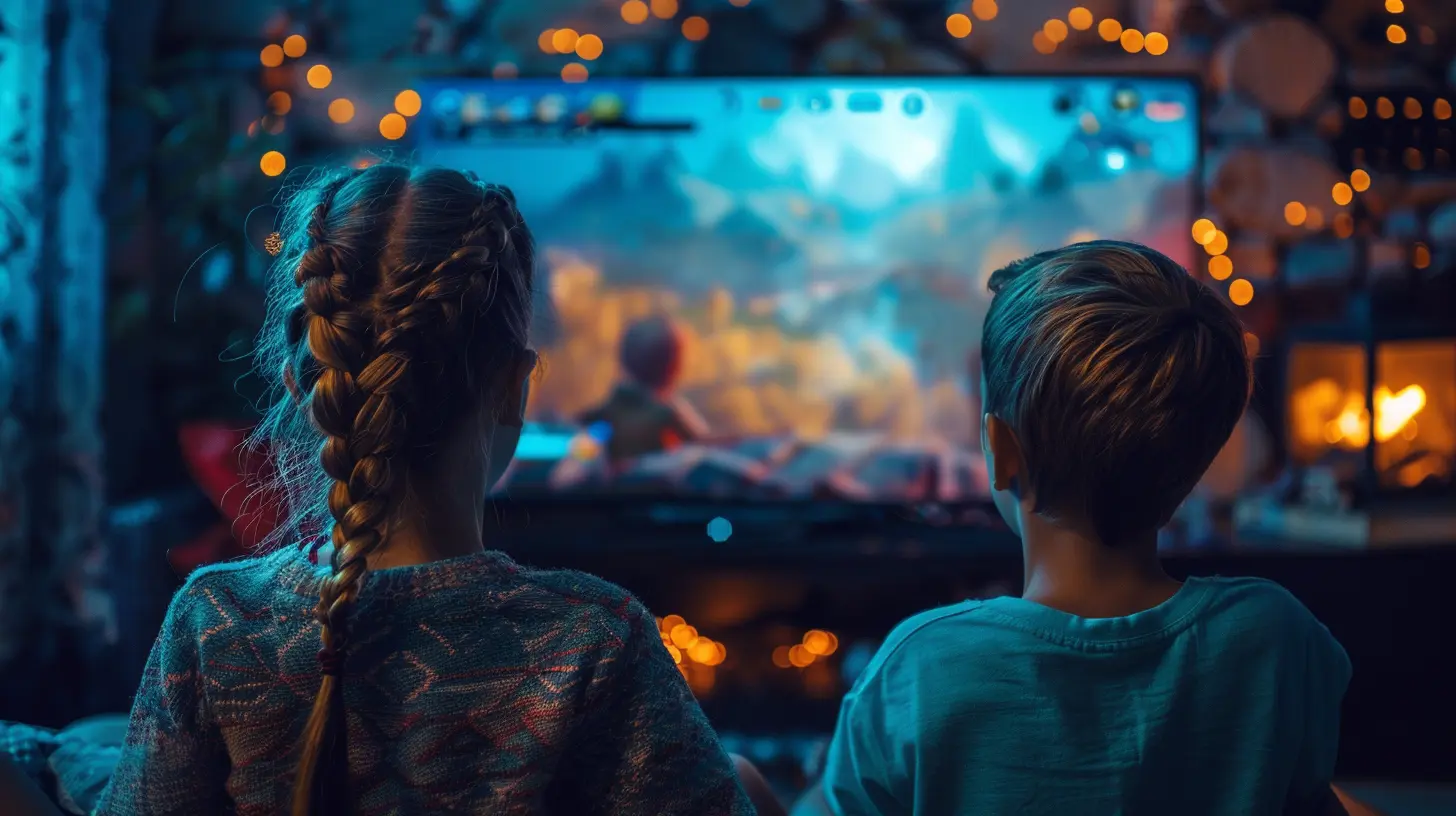
The Fear of Missing Out (FOMO)
Ah, FOMO. It’s probably one of the most effective psychological tricks used in gaming. Developers know exactly how to make you feel like you’ll regret not spending money. Ever seen phrases like “Limited Edition,” “Exclusive Offer,” or “Only Available for the Next 24 Hours”? That’s no accident.FOMO taps into your natural desire to feel included or special. You don’t want to be the only one on your team without the glowing battle axe or the rare unicorn mount, right? By creating a sense of urgency, developers make you feel like you need to act now—or lose out forever. Spoiler alert: most of the time, these offers eventually return. But hey, hindsight is 20/20.
The Power of Personalization
Have you noticed how games let you customize your characters, houses, or even entire worlds? This isn’t just about creativity; it’s deeply rooted in psychology. Personalization makes you feel connected to the game, and the more you invest in your character or world, the harder it is to stop spending.Here’s the thing: when the game offers you a chance to buy something that makes your avatar “unique” (a rare outfit, a custom emote, or a fancy car), it feels personal. You’re not just buying pixels; you’re buying a reflection of yourself in the game world. And who wouldn’t shell out a few bucks to make their virtual self stand out?
The Sunk Cost Fallacy
Ever heard of the phrase, “In for a penny, in for a pound”? That’s the sunk cost fallacy in action. When you’ve already spent time or money on something, you feel compelled to keep going—even if it doesn’t make the most rational sense.In gaming, it looks like this: You’ve already spent $20 on in-game currency. What’s another $5 to get that final upgrade? Or maybe you’ve invested 100 hours leveling up your character. Why not spend a little extra to give them the gear they deserve? It’s all about justifying your past decisions, even if it means spending more to “complete” the experience.
Social Pressure and Status
Gaming isn’t just a solo activity anymore. From co-op adventures to massive online communities, games are social spaces. And just like in real life, we care about how we’re perceived by others.In-game purchases can be a way of flexing status. That rare skin or exclusive cosmetic item? It’s not just about looking cool—it’s about showing others that you’re dedicated (or just willing to spend). Plus, when your friends buy something, it’s harder to resist doing the same. After all, nobody wants to be the only one in the squad wearing the default outfit.
The Illusion of Small Expenses
Here’s a sneaky trick: breaking purchases into tiny, seemingly insignificant amounts. Would you drop $100 on a game outright? Probably not. But $1.99 here, $4.99 there? That’s easier to justify. Before you know it, those small purchases add up to a hefty sum.It’s like buying a coffee every day instead of saving for a fancy espresso machine. You don’t realize how much you’re spending until you check your bank statement (or get an email from your credit card company asking if the charges are legit).
Endless Progression and The Need for “Pay-to-Win”
Games are designed to keep you hooked, often through progression systems. But let’s be honest: sometimes the grind can feel painfully slow. That’s where microtransactions come in. “Want to level up faster? Buy this booster pack!” or “Need better gear to beat that boss? Here’s a shortcut.”This is where the dreaded “pay-to-win” model comes into play. It’s not just about convenience; it’s about competition. If you know spending money will give you an edge, it’s tempting to give in—especially when everyone else seems to be doing it.
How to Resist the Urge
Now that we know why in-game purchases are so alluring, how can we avoid falling into the trap? Here are some tips:1. Set a Budget: Decide how much, if any, you’re willing to spend on a game monthly. Stick to it.
2. Wait It Out: Feeling tempted by a limited-time offer? Take a step back. Chances are, the world won’t end if you miss it.
3. Track Your Spending: Keep a log of all your in-game purchases. Seeing the total written down can be a wake-up call.
4. Ask Yourself Why: Are you buying because you truly want the item, or because the game made you feel like you need it?
Remember, it’s okay to spend money on something you enjoy—just make sure you’re doing it on your terms, not because you got caught up in the moment.
Conclusion
In-game purchases aren’t inherently evil, but they’re designed to be addictive. Developers use psychology to make their products irresistible, playing on dopamine, FOMO, and our desire for status. By understanding these tactics, you can make more informed decisions about your spending. Next time you’re hovering over that “Buy Now” button, take a moment to think. Is it really worth it?Gaming should be fun, not a financial black hole. So go ahead, enjoy the games you love—but remember, your wallet deserves some love too.
all images in this post were generated using AI tools
Category:
In Game PurchasesAuthor:

Leandro Banks
Discussion
rate this article
3 comments
Wynter Thompson
In a dance of pixels and dreams, we chase the fleeting glow, Compelled by whispers of value, in realms where fantasies flow. Psychology weaves its subtle thread—our desires, a siren’s call, In-game treasures beckon, and we willingly fall.
June 9, 2025 at 3:09 AM

Leandro Banks
Thank you for your poetic reflection! It beautifully captures how our desires and emotions drive in-game purchases, highlighting the powerful interplay between psychology and gaming.
Felicity Carrillo
Great insights! Understanding the psychology behind in-game purchases can truly enhance our gaming experience and choices.
May 28, 2025 at 4:31 AM

Leandro Banks
Thank you! I’m glad you found the insights valuable. Understanding this psychology can definitely help us make more informed choices as gamers.
Fenn McPherson
This article offers valuable insights into the psychological triggers that drive in-game purchases. Understanding these factors can empower players to make more informed choices and foster a healthier gaming experience. Thank you for shedding light on this important topic!
May 24, 2025 at 3:14 AM

Leandro Banks
Thank you for your insightful comment! I'm glad you found the article helpful in understanding the psychology of in-game purchases.

